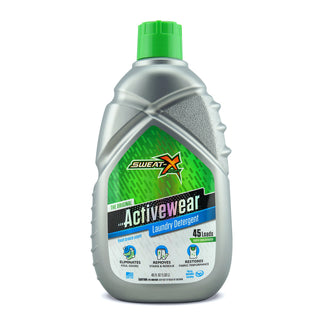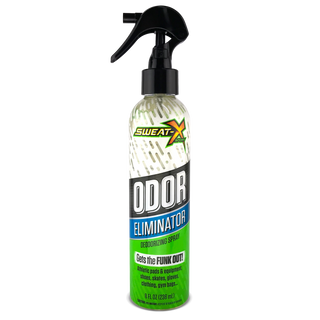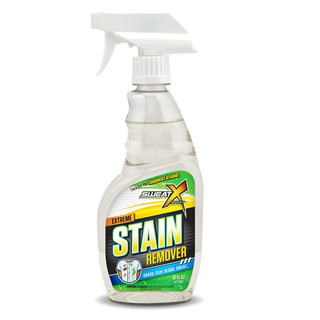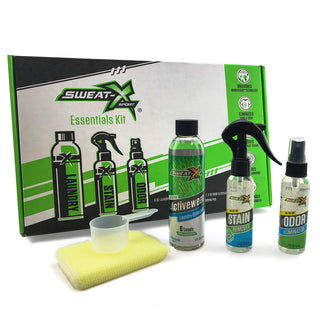Five Running Recovery Tips From Team GB Athletes
Get your recovery right if you want the maximum benefits from your training
Running can be hard. We assume that isn’t news to you, but what is often surprising is the fact that the part of running people often get wrong is actually the recovery, rather than the tough workouts.
“The run is just one part of what runners do,” says Barry Fudge, British Athletics’ head of endurance. “It’s important to run, but it’s also important to recover, because that’s when the adaptations happen.”
Fudge led a Q&A with Team GB track athletes Laura Muir, Charlie Grice, Kyle Langford and Ellie Baker at the launch of the Nike Joyride Run Flyknit running shoes in St Moritz, Switzerland. The topic at hand was running recovery, and these are the five top tips we gleaned from the pros to help ensure you’re getting yours right.
1. Your Recovery Starts As Soon As You Stop Running
It’s tempting to flop onto the sofa after a hard run, but you need to jump-start the recovery process before you can relax.
“I try to get in a protein shake as soon as I finish a hard session – within half an hour to start the recovery,” says Grice.
“I usually make my own smoothie and I’d have that straight afterwards, or sometimes even before my warm-down,” says Muir. “I do a ten- to 15-minute warm-down, have the smoothie and then I ice a lot of the time as well. A ten-minute ice bath, which is quite often just a bucket to my knee.”
2. Try A Contrast Shower
If the idea of sitting with your legs in a bucket of ice isn’t appealing, try mixing up the temperature of the water in your post-run shower to help with your recovery. This is something Baker does between rounds in a competition when she has to recover as quickly as possible for her next race.
“I do a minute cold, then a minute warm, three times. It helps flush the lactic acid out so you feel ready the next day to go again,” says Baker.
3. Sleep, Sleep, Sleep
“Sleep is massive,” says Langford. “Sometimes after a big session, depending on how much coffee I’ve had, I might not sleep too great. In that case I make sure I definitely have a lie-in, or if I can’t do that because I have a session in the morning, after that session I’ll have a long nap.”
Assuming you work full-time you probably don’t have the option of a lie-in or an afternoon nap, which means it’s all about the rest you can get at night. An early bedtime might be the way to go if you’re finding that the fatigue is building up during your training plan.
“Getting eight hours a night is so important,” says Grice. “I think it’s something like if you get less than eight hours sleep you’re twice as likely to get injured.”
4. Pace Your Recovery Runs Right
A short, easy jog the day after a hard run can be just the ticket to get stiff muscles moving and help you recover, but it’s essential not to go too fast. You can run by feel if you’re sure you’re not going to overdo it, but using a heart rate monitor can make it easier to get your pacing right.
“I think heart rate tracking is good,” says Muir. “For that you need to have the data in advance, and have to know what your average heart rate is normally. It’s useful if you’re running in different places, because if you hit something like a hill, your heart rate is going to go up. You might be running slower but you’ll be working harder, so if I’m on a hill my watch will beep at me to slow down to get my heart rate back to normal.”
For your recovery runs you generally want to be in heart rate zone 2, at around 60% to 70% of your max heart rate. Most running watches will show you what zone you’re in and you can also set them to alert you if your heart rate gets too high, like Muir does.
5. You Don’t Need To Use Supplements
“We have a big push for people to eat real food,” says Fudge. “Things like protein shakes are convenient after a workout, but I think what you want is real food.”
As well as planning your meals to include the nutrients to support your training – healthy carbs, protein and plenty of veg – you can also make your own recovery shake out of easy-to-find ingredients you may already have in your kitchen, rather than buying specialised tubs of protein powder or other supplements. It’s a recipe we picked up from Muir.
“I usually make my own smoothie – milk, yogurt, banana and a bit of honey,” says Muir.
Written by Nick Harris-Fry for Coach and legally licensed through the Matcha publisher network. Please direct all licensing questions to legal@getmatcha.com.







